In the context of modern telecommunications, Passive Optical Networks (PON) stand out as a noteworthy development since they allow businesses and residential users to connect to the internet faster and more reliably. Among the various standards which drive the PON technology, the 10G-PON, XGS-PON, GPON, and 10G-EPON are the most popular because of their capability to deliver advanced features and high-bandwidth services. Each of these technologies in one way or another is significant to the development of fiber-optic networks while addressing the issues of scalability, cost, and performance. In this article, I aim to provide an informative yet brief discussion on the differences of these key standards to help readers understand their functionality and suitability for different applications. Whether you are a network engineer, an IT expert, or just interested in the new technologies which are going to change the future of connectivity, this article will definitely help you.
What is 10G-PON Technology?
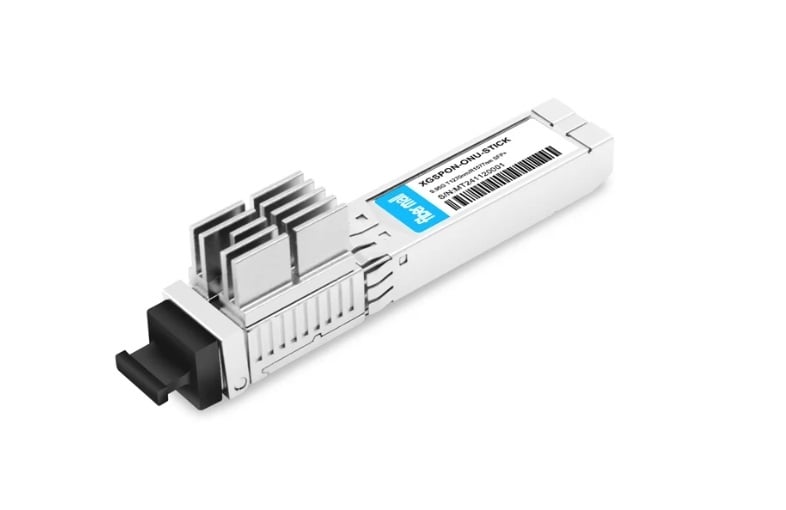
Elucidating on Passive Optical Network (PON)
A Passive Optical Network (PON) represents the integrated broadband fiber-optic communication system intended for information delivery and reception pertaining voice, data, and video services from and to the end users. Its operation consists of a point to multi-point configuration where one Optical Line Terminal (OLT) located at the service provider’s central office connects to several Optical Network Units (ONUs) or Optical Network Terminals (ONTs) situated at the customer’s premises through an optical splitter. The name “passive” optical network stems from the fact that all the elements of the network –in this case, the OLT and the ONUs– do not need any active electronics or power in between so PON systems are cost-effective and simple. The technology is very popular for providing broadband connectivity because of its effectiveness and operational cost efficiency.
What is 10G-PON Passing the Performance Barrier?
10G-PON (10 Gigabit Passive Optical Network) accomplishes high performance from the point of view of spectral and spatial efficiency and solely depends on advanced and sophisticated transmission technologies and network structural designs. It employs the use of Wavelength-Division-Multiplexing (WDM) with data rates of 10 Gbps bidirectionally for both upstream and downstream traffic. This is made possible by the separation of wavelengths where users can communicate simultaneously without interference.
Dynamic Bandwidth Allocation (DBA) further augments the efficiency of 10G-PON by dynamically allocating bandwidth to the connected users based on their real-time needs. This provides optimal utility as well as equity even during times of peak usage. The system has high split ratios, like 1:64 or 1:128, which enable a single Optical Line Terminal (OLT) to serve a large number of end-users without considerable drop in quality of service.
Moreover, low latency mechanisms and advanced error correction techniques, such as forward error correction (FEC), enhance the integrity of the data and lower the chances of packet loss for 10G-PON. It also has a wider optical budget which allows it to sustain stable connections over great distances, often more than 20 kilometers, which makes it ideal for wide scale deployments.
The combination of these features helps 10G-PON cope with high capacity requirements from 4K/8K video streaming, cloud computing, and IoT related activities. Its further development will allow next-generation networks to be constructed, making the technology fundamentally important.
How the Optical Line Terminal (OLT) Functions in 10G-PON Systems
In 10G-PON systems, the Optical Line Terminal (OLT) is one of the most important entities which oversees the health of the network and the level of interaction with the terminal users as well as with the core network. It serves as a service provider by sending and receiving data from Optical Network Units (ONUs) or Optical Network Terminals (ONTs) at the user premises. In a passive optical network, the OLT performs functions like bandwidth assignment, data transmission, and signal level control. By performing these functions in a coordinated manner, the OLT enables effortless, dependable, and highly scalable connectivity in 10G-PON installations.
What Are The Comparisons Between Other PON Technologies And XGSPON?
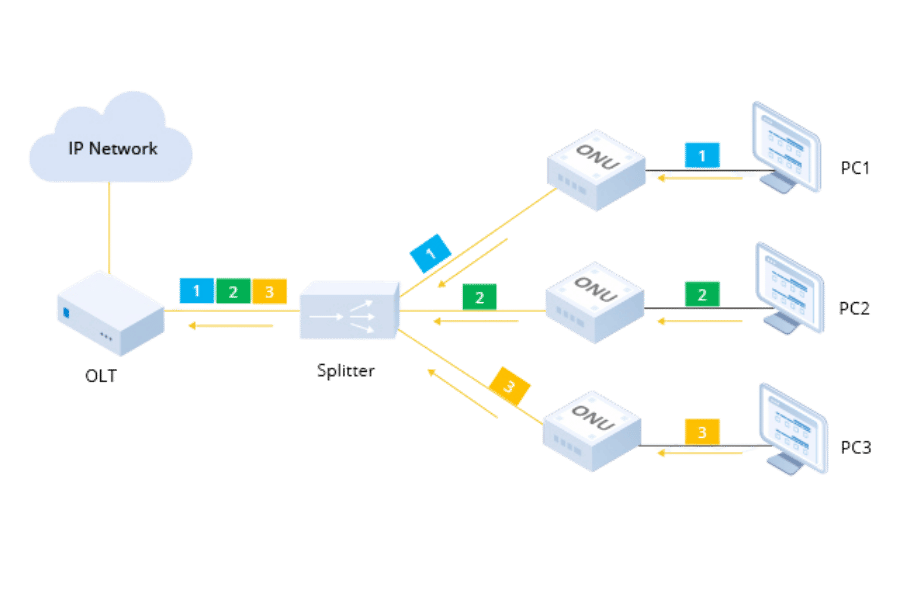
Highlighted Distinctions Between 10G-PON And XGS-PON
While both 10G-PON and XGS-PON are intended to provide advanced optical networks for improved data transmission, they are fundamentally distinct and have differences:
- Handedness in Bandwidth: 10G-PON is asymmetrical as it has a downstream speed of 10 Gbps and an upstream speed of 2.5 Gbps. On the other hand, XGS-PON is symmetrical as it provides 10 Gbps for both upstream and downstream data transmission and is therefore useful for high capacity upstream applications like video conferencing.
- Application: XGS-PON is more suitable for a cloud and enterprise network environments which have high upload requirements whereas 10G-PON is more useful in for residential customers and general high speed internet access.
- Interoperability: Both technologies are in the G.987 part of the ITU-T standard and are interoperable with existing PON architectures, but XGS-PON’s throughput symmetry is more advantageous for economical future applications requiring high bandwidths.
Both are user-friendly, adaptable, and designed to cater for differenet network needs, with XGS-PON being more flexible for cases requiring equal data rate bandwidth.
Unraveling GPON and Its Progression Towards 10G-PON
GPON (Gigabit Passive Optical Network) is an established and popular fiber-optic technology that utilizes a single optical fiber to provide high-speed internet access to multiple users using minimal resources. Its downstream and upstream bandwidths of 2.5 Gbps and 1.25 Gbps respectively enable the technology to cater to both residential and business broadband requirements. GPON uses asymmetric bandwidth, making upstream data transfer relatively cheaper than downstream data transfer.
10G-PON, a contemporary upgrade of GPON, resolves the issue of increasing datarate demands, boasting a remarkable offer of 10 Gbps in downstream speeds, coupled with upstream speed variability based on the technology deployed (example: XG-PON/XGS-PON). In addition to these improvements, 10G-PON maintains passively enabled optical networks while enabling the existing systems to better serve the needs of data diverse solutions like 4K video streaming, cloud solutions, and other enterprise applications.
Benefits of Implementing a <10G> PON Network?
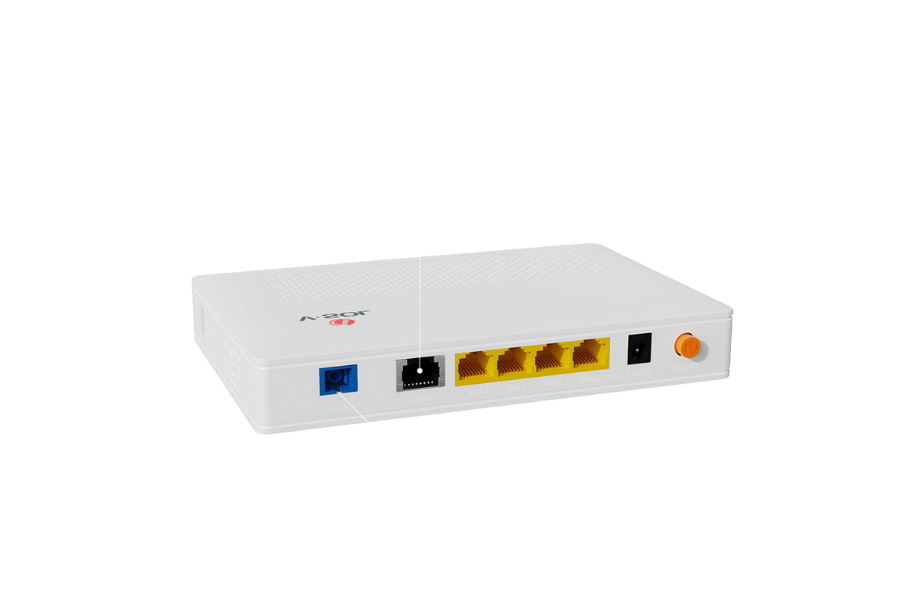
10G-PON Advantages For Service Previders:
- Improved Network Capability: Service providers can achieve higher speeds with 10G-PON as it offers a max bandwidth of 10 Gbps. This facilitates the ever-growing need for high-consumption bandwidth services such as video calls, cloud storage, and streaming by consumers and businesses.
- Easier Horizontal Expansion: The technology caters for an increase in subscribers and devices which is achievable without major changes to the supporting network infrastructure.
- Better Network Investment: 10G-PON provides solutions that are more advanced, enabling the network to work even for long term future requirements where faster and more dependable internet is desired, thus ensuring longevity of the network investment.
- Reduction Of Operational Expenses: Service providers achieve significant performance improvements without the necessity of expensive network upgrades by utilizing the existing passive optical network infrastructure.
- Competitive Edge: Providers can better position themselves in the market to attract and retain customers by offering ultra-high-speed connectivity.
Harnessing Networks for the Future with 10G-PON Technology
The adoption of 10G-PON especially aids in resolving the broadband structural issues faced today due to lack of certain features. Integration of advanced network solutions facilitates connection speeds with symmetric or asymmetric data rates of up to 10 Gbps. These capabilities exceed the required bandwidth for varying applications such as 4K/8K video streaming, online gaming, cloud computing, and communication between IoT devices.
One significant advantage of 10G-PON is the ability to add subscribers without infrastructure upgrades. Expanding subscriber growth in the years to come will lead to an increase in the value of the global PON market worldwide, which already estimates a CAGR of 15% for 2023 to 2030 through rapid innovations and acceptance in the residential, commercial, and industrial domains. Moreover, 10G-PON allows a multitude of different types of traffic to be processed which makes it ideal for enterprises and other mission critical services.
Through the employment of Wavelength Division Multiplexing technology (WDM), 10G-PON concurrently operates with legacy GPON and XG-PON systems on the same fiber infrastructure. This allows network extensions to be made without interrupting service to existing subscribers, contributing to the overall reduction in operational costs. In addition, the technology endorses low-latency and energy-efficient features which are becoming the norms in next-generation networking infrastructures.
Implementing 10G-PON brings not only instant performance improvement, but provides assurance of sustainability against future connectivity requirements. Its deployment within future-ready frameworks enables service providers to conform to strict compliance obligations while driving pervasive growth aimed at digital transformation across multiple sectors.
How To Deploy 10G-PON In Existing Networks: A Step By Step Guide
- Review Existing Network Infrastructure. Determine the baseline network your company has in place to check if its suited for 10G-PON. Locate peices such as Optical distribution networks (ODNs) and ascertain if they are upgradeable.
- Modernize Optical Line Terminals (OLTs) Upgrade or modify current OLTs to implement 10G-PON features. Make sure that they’re set to relevant standards to work properly and optimally in the future.
- Put in place Compatible Optical Network Units (ONUs). Installed at the premises of end-users ONUs that are 10G-PON capable. Confirm that they fulfill customer expectations and guarantees service provision.
- System Testing and Fine tuning. Make sure that all upgraded network elements function as intended and are stable. Adjust system parameters and possible problem factors to maximize output levels.
- Morph Networks and Add New Technologies Gradually apply 10G-PON throughout the existing network while continuing current services. Set limits for future expansion and advancements in technology integration.
The Significance of Optical Distribution Networks in Deployment of 10G-PON Technology
The deployment of 10G-PON technology is dependent on the Optical Distribution Networks (ODNs) infrastructure. These networks are the backbone infrastructure connecting the facility Optical Line Terminal (OLT) of the service provider to Optical Network Units (ONUs) situated at the customer premises. Properly designed ODN enhances signal strength, effectual information relay, and high dependability, all of which is crucial to accomplishing the high data rates and low response time of 10G-PON. Moreover, ODNs aid in network scalability and ease of expansion, which helps in long-term network sustainability and performance.
What Functions Do and ONUs Have in 10G-PON?
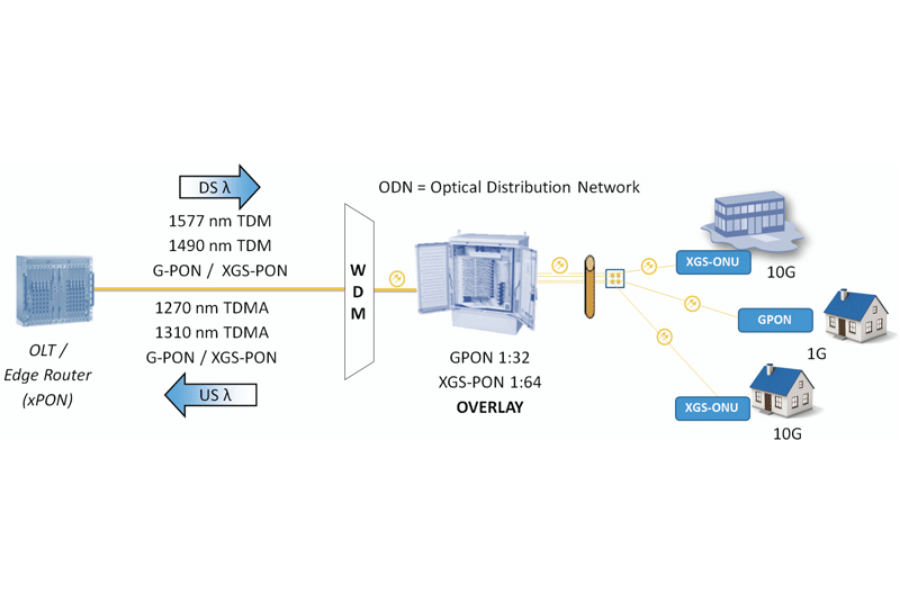
How ONTs and ONUs Bridge Subscribers to the Network
ONTs (Optical Network Terminals) and ONUs (Optical Network Units) make an important contribution to the subscriber’s access to 10G-PON network with the help of the optical fiber backbone as well as the subscribers’ terminals. These devices obtain optical signals from the OLT in the service provider’s central office via the ODN. The consumer equipment such as a router, computer, or even a smart appliance can utilize these signals after the ONT or ONU converts them into electric signals. This efficient transmission ensures high-speed internet, low latency, and reliable connectivity for end users.
The Functionality of Optical Network Terminals in 10G-PON
Optical Network Terminals (ONTs) facilitate the architecture of 10-Gigabit Passive Optical Networks (10G-PON) as they interface with users and service providers to facilitate data exchange. The ONT receives downstream optical signals from the Optical Line Terminal (OLT), converts them to electrical signals for the customer devices, and sends upstream electrical signals to the OLT as optical signals. This capability to process signals in both directions is essential in achieving the advanced feature sets of 10G-PON downstream capabilities that operate up to 10 Gbps and upstream capabilities that function at 2.5 Gbps and above, depending on the configurations.
10G-PON utilizes advanced modulation features such as Time Division Multiplexing (TDM) or Time and Wavelength Division Multiplexing (TWDM) for enhanced bandwidth management among several users. The ONT adaptor ensures that these techniques are compatible such as the high-definition video streaming at 4K/8K resolutions, remote working, telemedicine, and massive IoT environment. In addition, Quality of Service (QoS) parameters with regard to latency and performance levels that are stable irrespective of high demand periods are guaranteed with this type of ONT.
The newest ONTs associated with the 10G-PON system have more progressive capabilities like dynamic bandwidth allocation (DBA) which improves bandwidth management among active subscribers. They are backward compatible with GPON (Gigabit PON) technologies which is beneficial for service providers as it minimizes the infrastructure changes they have to make. From domestic to corporate use, ONTs support the high scalability, low power consumption, and long life cycle of 10G-PON deployments, thus, being a key element of modern fiber optic systems.
In What Ways Does 10G-PON Improve Broadband Services?
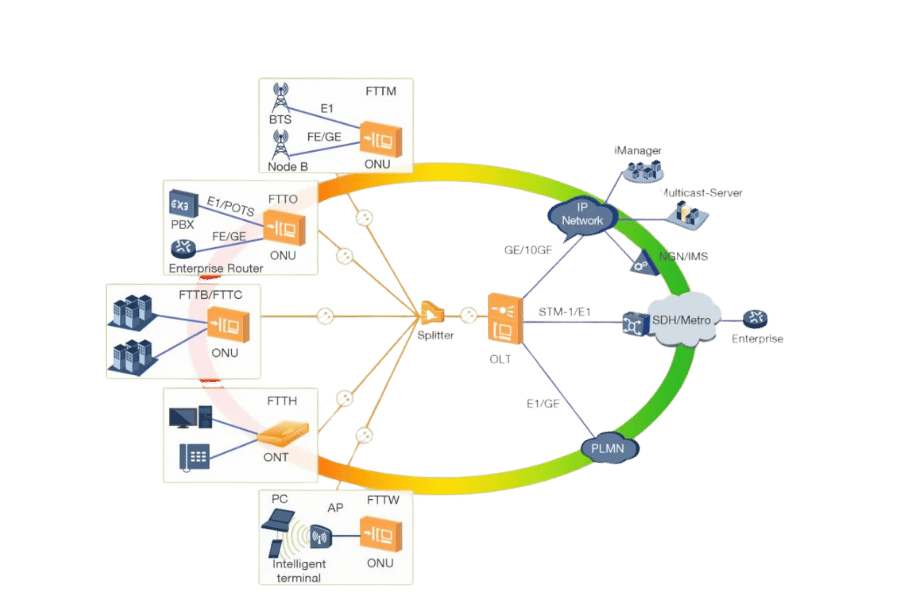
Broadband Expansion through 10G-PON
Compared to previous generations of broadband, 10G-PON greatly increases network capacity as it offers faster data transmission, lower latency, and higher bandwidth per user. It provides symmetrical bandwidth, which means users can seamlessly upload and download data. This is crucial for cloud computing and video conferencing. Moreover, service providers are able to extend their coverage to more users without degrading service quality, which means stronger network performance. This enables further scaling of broadband services for residential and business customers, making them more reliable.
Providing 10 Gbps Symmetrical Speeds
With the emergence of 10 Gbps symmetrical (gigabits per second) speeds, broadband capabilities will forever change. Users can now enjoy the benefits of high performance data transmission in both upstream and downstream directions. The expected activities that will result from Symmetrical 10 Gbps are advanced cloud computing, ultra high definition video streaming, and virtual reality풊 10 Gbps also ensures near-zero latency for real-time collaboration and video conferencing.
It is evident from industry reports that both consumers and enterprises are progressively leaning towards obtaining asymmetrical bandwidth. In the case of enterprises, high bandwidth applications such as data transfers, hybrid working solutions, and video conferencing are easily accommodated with the 10 Gbps speed. One more recent report claims that the growing need for upstream speed has increased by at least 40% since 2020 due to remote work. Furthermore, the user experience in smart homes where multiple devices require simultaneous upload and downloads is also greatly enhanced by symmetrical bandwidths.
On the other hand, these features are made possible due to the 10G-PON (Passive Optical Network) technology. 10G-PON makes use of fiber optic infrastructure, which enables low-latency and high-reliability serving along with improved network efficiency for service providers. As more users per node are supported by the network, the average cost per user declines and service availability increases. Therefore, broadband networks are not only protected from obsolescence but innovation is welcomed in other fields because symmetrical 10 Gbps is capable of serving all users at the same time.
The Effect of 10G- PON on Broadband Services
By providing internet connections that are both faster and more advanced, 10G-PON has greatly improved broadband services. Modern applications like cloud computing, telemedicine, and remote work now fully benefit from seamless bandwidth utilization owing to uninterrupted 10G symmetric speeds. Moreover, the technology improves provider network scalability, enabling increased subscriber population while ensuring quality standards are maintained. 10G-PON enhances operational efficiency, lowers costs, and shifts the burdens of performance requirement to evolving technologies and growing data needs.
Frequently Asked Questions (FAQ)
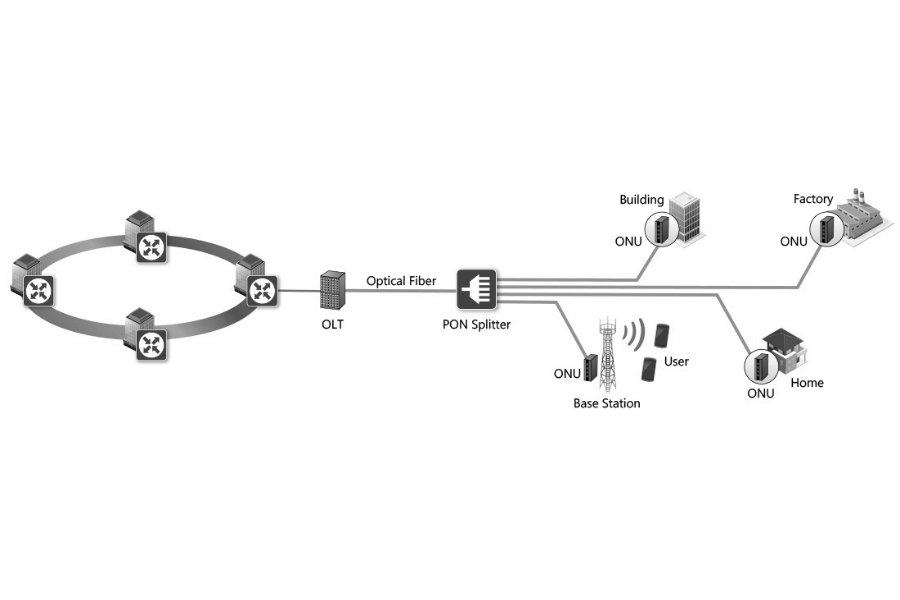
Q: What differentiates 10G-PON, XGS-PON, GPON, and 10G-EPON?
A: All of them define standards for Passive Optical Networks (PON) featuring different speeds, protocols, and PON authorities. GPON (Gigabit PON) gives downstream of 2.5 Gbps and upstream of 1.25 Gbps per the ITU-T G.984 standard. XG-PON (10G PON) offers downstream of 10 Gbps and upstream of 2.5 Gbps as per ITU-T G.987 standards. XGS-PON provides 10 Gbps of symmetrical bandwidth in both upstream and downstream transmission. 10G-EPON defined in IEEE 802.3av offers 10 Gbps downlink and either 1 Gbps or 10 Gbps uplink capabilities. Each standard has its own adjacent access network scopes and bandwidth needs to serve.
Q: How does 10G PON technology improve fiber to the home deployments?
A: 10G PON fiber to the home (FTTH) deployments are enhanced by providing bandwidth deliverables of up to 10Gbps, which is more than GPON services offer, Frederick Legrand ceiling 4 times more. Furthermore, this capacity enables the support of bandwidth-hungry services like 4k/8k video streaming services, cloud services, and even virtual reality. This technology operates using time division multiple access (TDMA) techniques enabling multiple subscribers on a single fiber, maximizing infrastructure usage. 10G PON significantly improves QoS and lowers latency while catering the ever-increasing bandwidth demands in household settings, making it the ideal candidate for reliable future proof FTTH networks.
Q: What are the key distinctions that exist between the standards XG-PON1 and XG-PON2?
A: The International Telecommunication Union (ITU) developed both XG-PON1 and XG-PON2 as the fourth generation of 10G PON standards. XG-PON1, which is defined in G.987.1 and G.987.2, is characterized by asymmetric downstream and upstream speeds of 10Gbps and 2.5Gbps, respectively. XG-PON2, also referred to as XGS-PON, offers 10 Gbps in both directions, meaning it has symmetric upstream and downstream capabilities. While XG-PON1 was implemented as an ‘evolutionary’ step of GPON, XG-PON2 PONs reflect the need for a high-bandwidth symmetrical PON topology. Network operators prefered XG-PON2 for business grade service and high end residential applications where the demand for upload bandwidth equals that of the download. They operate with the same wavelength plan but differ in the range of upstream capacity as well as application scenarios.
Q: What Are The Steps To Follow For 10G PON Deployment In A GPON Infrastructure?
A: In order to implement 10G PON in a current GPON infrastructure, the following steps are advised: 1) Analyze your network for compatibility with the fiber plant; 2) Implement 10G PON standard of your choice, which could be XGS PON or 10G EPON; 3) GPON and 10G PON signals must be placed on the same fiber using Wavelength Division Multiplexing (WDM) for wavelength coexistence; 4) Upgrade your Optical Line Terminal (OLT) equipment to support both standards; 5) Place 10G PON Optical Network Units (ONUs) where subscribers are as needed; 6) Manage and control systems are redundant for the technologies, network needs to be updated; 7) Tackle the high demand regions initially. This paradigm shift improves the seamless transition to higher speeds while minimizing disruptions.
Q: What is the function of an ONU in a 10G PON network?
A: An Optical Network Unit (ONU) serves as an interface in a 10G PON network that interconnects a client’s equipment with the optical network. It allows the client to connect their devices directly to the network. In 10G PON systems, ONUs support higher bandwidth capabilities, handling 10Gbps downstream and upstream transmissions. ONUs are responsible for several processes such as: converting optical signals into electrical ones and vice versa (signal mixing), video processing, traffic managing, service distinguishing, and security coding. They perform the function of a TDMA (Time Division Multiple Access) controller that enables the sharing of a certain channel amongst multiple users. Because ONUs provide a direct link between the service provider’s network and the customer’s equipment, they are important for providing ethernet access, voice, video, and data services in FTTx deployments.
Q: From the perspective of network operators, how do the 10G-EPON standards measure up against XGS-PON?
A: As for network operators, one of the key differences between 10G-EPON (IEEE 802.3av) and XGS-PON is that XGS-PON is more preferable for established telecom companies, while 10G-EPON is used more by cable companies and operators with an Ethernet background. Both allow for 10Gbps symmetrical speeds, although their equipment pricing, maturity of the ecosystem, and vendor support are not the same. XGS-PON normally has stricter controls of the service quality; on the other hand, 10G-EPON may have lower management costs on deployment. Network operators need to analyze the existing infrastructure alongside with technical knowhow, strategy, and the current market dynamics within the region when deciding between these options for their PON solution.
Q: Which features of 10G PON technology make it robust against disruptive threats?
A: There are numerous future-proof advantages of implementing 10G PON technology. Firstly, increased demand for bandwidth, which is needed for 8K video streaming, smart home devices, and even AR/VR, can be met thanks to the headroom the technology provides. Secondly, the 10G PON infrastructure is able to support upgrades to 25G, 50G, and even 100G PON without the need to replace the outside plant fiber. Thirdly, the technology enables gradual network evolution as it allows for coexistence with older PON standards through wavelength multiplexing. Fourthly, it allows network slicing and other advanced features such as software-defined networking. Lastly, enhanced capacity for converged service in residential and business PON, as well as mobile backhaul, makes 10G PON suitable for single infrastructure use. Communication Service Providers (CSPs) who invest in 10G PON today will be guaranteed competitiveness in the coming decades as the networks will be able to sustain an ever-growing need for bandwidth.
Q: What are the advantages of using a single fiber for both upstream and downstream in 10G PON?
A: The use of a single fiber for both directions of transmission in 10G PON has a lot of benefits. Most importantly, it provides significant infrastructure savings as the cost of deploying the fiber is cut by 50\% when compared to dual fiber systems. It also reduces the design and management complexity of the network as well as the volume in ducts and pathways. Single fiber 10G PON systems use different upstream and downstream wavelengths, typically 1270nm and 1577nm respectively. This form of single fiber 10G PON architecture allows more efficient utilization of fiber’s capability. This type of communication on a single fiber also causes the saving on the number of optical transceivers required which reduces capital and operational expenses. Futhermore, single fiber implementations offer simplification of troubleshooting, lowering the number of fail points, and easing upgrade of GPON systems to 10G PON with backward compatibility.
Q: What roles does 10G PON play in enabling mobile network backhaul capabilities?
A: 10G PON meets the parameters of mobile network backhaul requirements due to a few critical features. For one, its high bandwidth provides sufficient capacity for 4G/5G base stations, which require greater backhaul speeds. The technology features low and predictable latency which is very mobile friendly. The architecture allows efficient aggregation of multiple cell sites, which lowers deployment costs in comparison to dedicated point-to-point links. Additionally, advanced quality of service features enable prioritization of time-sensitive mobile traffic. The more flexible aspects of 10G PON means that network operators can simultaneously provide business, residential, and mobile backhaul services using a singular infrastructure. 10G PON’s capacity is sharable among multiple cell sites. It acts as backhaul supporting sophisticated routing and traffic management, which is cost effective. This is primarily beneficial with the expansion of 5G networks.
Reference Sources
1. Assessment of In Vitro Paraoxonase 2 Enzymatic Activity: Applications to Cardiovascular Disease
- Authors: V. Vanchinathan et al.
- Journal: Journal of Investigative Medicine
- Publication Date: January 1, 2006
- Citation Token: (Vanchinathan et al., 2006, pp. S119–S120)
- Summary:
- This investigation analyzes the enzymatic function of Paraoxonase 2 (PON2) and possible links to cardiovascular disease. The focus of research is on the lactonase activity of PONT and its relationship with cardiovascular function.
- Key Findings:
- Researchers did not find any noticeable differences in lactonase activity between PON2 wildtype and its polymorphisms. This implies that PON2’s enzymatic activity may not be associated with cardiovascular disease as was previously believed.
2. Enhancement of Research Publication in Effective Manner
- Authors: B. P. Ayyappan et al.
- Journal: International Journal of Innovative Science and Research Technology
- Publication Date: July 25, 2024
- Citation Token: (Ayyappan et al., 2024)
- Summary:
- This article addresses the effective publication strategies of research topics and explains in detail the aspects as to why the research methods and elegantly written abstracts matter.
- Key Findings:
- The lack of effective communication in PON Technology and other fields which could be indirectly improved, is highlighted through the importance of clear and direct research abstracts as shown in the study.
3. Adopting Artificial Intelligence for Health Information Literacy: A Literature Review
- Authors: Godwin Dzangare, Thabo Ayibongwe Gulu
- Journal: Information Development
- Publication Date: February 25, 2025
- Citation Token: (Dzangare & Gulu, 2025)
- Summary:
- This review of the literature focuses on the use of artificial intelligence (AI) in improving health information literacy (HIL) and delineates the challenges and gaps in its application.
- Key Findings:
- The results suggest that there is a marked growth in the publications pertaining to AI and HIL, demonstrating the role of AI in aiding the retrieval and comprehension of information which could be useful in the case of PON technology for health purposes.
Related Products:
-
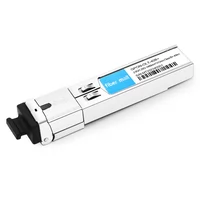 GPON-OLT-40B+ GPON OLT SFP TX-2.5G/RX-1.25G TX-1490nm/RX-1310nm Class B+ 40km SC SMF DDM Transceiver Modules
$30.00
GPON-OLT-40B+ GPON OLT SFP TX-2.5G/RX-1.25G TX-1490nm/RX-1310nm Class B+ 40km SC SMF DDM Transceiver Modules
$30.00
-
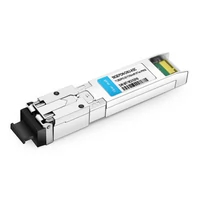 10GEPON-ONU-ASC Asymmetric 10GEPON ONU SFP+ TX-1.25G/RX-10.3G TX-1310nm/RX-1577nm PR30 SC DDM 0°C~70°C Optical Transceivers
$30.00
10GEPON-ONU-ASC Asymmetric 10GEPON ONU SFP+ TX-1.25G/RX-10.3G TX-1310nm/RX-1577nm PR30 SC DDM 0°C~70°C Optical Transceivers
$30.00
-
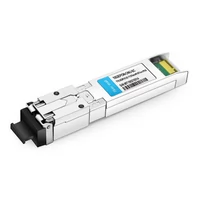 10GEPON-ONU-SC Symmetric 10GEPON ONU SFP+ TX-10.3G/RX-10.3G TX-1270nm/RX-1577nm PR30 SC DDM 0°C~70°C Optical Transceivers
$38.00
10GEPON-ONU-SC Symmetric 10GEPON ONU SFP+ TX-10.3G/RX-10.3G TX-1270nm/RX-1577nm PR30 SC DDM 0°C~70°C Optical Transceivers
$38.00
-
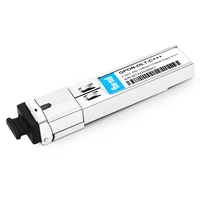 GPON-OLT-C+++ GPON OLT SFP TX-2.5G/RX-1.25G TX-1490nm/RX-1310nm Class C+++ 20km SC SMF DDM Transceiver Modules
$40.00
GPON-OLT-C+++ GPON OLT SFP TX-2.5G/RX-1.25G TX-1490nm/RX-1310nm Class C+++ 20km SC SMF DDM Transceiver Modules
$40.00
-
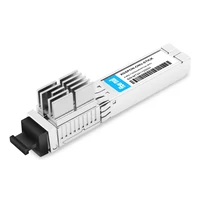 XGSPON ONU Stick Compatible WAS-110 SFP+ TX-9.95G/RX-9.95G TX-1270nm/RX-1577nm SC/APC DDM Optical Transceivers
$160.00
XGSPON ONU Stick Compatible WAS-110 SFP+ TX-9.95G/RX-9.95G TX-1270nm/RX-1577nm SC/APC DDM Optical Transceivers
$160.00
-
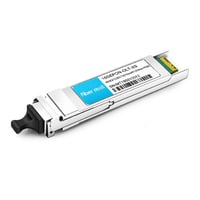 10GEPON-OLT-XS Symmetric 10GEPON OLT XFP TX-10.3G/RX-10.3G TX-1577nm/RX-1270nm PR30 SC DDM Optical Transceivers
$225.00
10GEPON-OLT-XS Symmetric 10GEPON OLT XFP TX-10.3G/RX-10.3G TX-1577nm/RX-1270nm PR30 SC DDM Optical Transceivers
$225.00
-
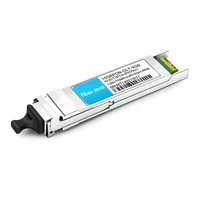 10GEPON-OLT-XGS Symmetric 10GEPON OLT and 1.25G EPON OLT in an XFP Housing TX: 1577nm (10.3G)/1490nm (1.25G) RX: 1270nm (10.3G)/1310nm (1.25G) PR30 SC DDM Optical Transceivers
$240.00
10GEPON-OLT-XGS Symmetric 10GEPON OLT and 1.25G EPON OLT in an XFP Housing TX: 1577nm (10.3G)/1490nm (1.25G) RX: 1270nm (10.3G)/1310nm (1.25G) PR30 SC DDM Optical Transceivers
$240.00
-
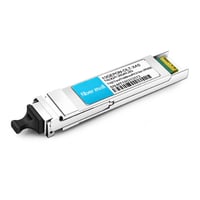 10GEPON-OLT-XAS Asymmetric 10GEPON OLT and 1.25G EPON OLT in an XFP Housing TX: 1577nm (10.3G)/1490nm (1.25G) RX: 1310nm (1.25G) PRX30 SC DDM Optical Transceivers
$240.00
10GEPON-OLT-XAS Asymmetric 10GEPON OLT and 1.25G EPON OLT in an XFP Housing TX: 1577nm (10.3G)/1490nm (1.25G) RX: 1310nm (1.25G) PRX30 SC DDM Optical Transceivers
$240.00
-
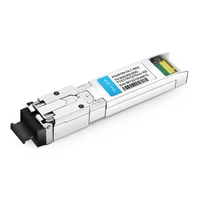 FiberMall XGSPON-OLT-SN2 XGSPON OLT SFP+ TX-9.95G/RX-9.95G, 2.488G Tx-1577nm/Rx-1270nm SN2 SC UPC DDM Optical Transceivers
$315.00
FiberMall XGSPON-OLT-SN2 XGSPON OLT SFP+ TX-9.95G/RX-9.95G, 2.488G Tx-1577nm/Rx-1270nm SN2 SC UPC DDM Optical Transceivers
$315.00
-
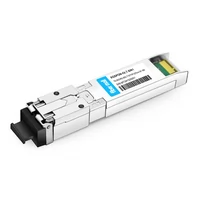 FiberMall XGSPON-OLT-SIN1 XGSPON OLT SFP+ TX-9.95G/RX-9.95G, 2.488G Tx-1577nm/Rx-1270nm SN1 SC UPC DDM Industrial Optical Transceivers
$360.00
FiberMall XGSPON-OLT-SIN1 XGSPON OLT SFP+ TX-9.95G/RX-9.95G, 2.488G Tx-1577nm/Rx-1270nm SN1 SC UPC DDM Industrial Optical Transceivers
$360.00
